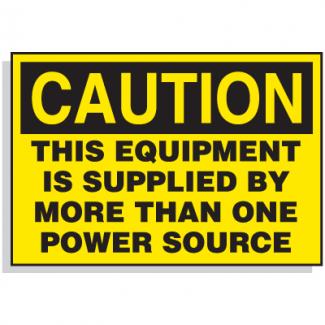Hi all
I want to add under-cabinet lighting to the kitchen. I currently have a normal ceiling light, which is on the downstairs lighting circuit. It is switched from a single switch. I want to power the new under-cabinet lights from the kitchen ring circuit and not the lighting circuit. Is it possible to switch the ceiling light (on the lighting circuit) and the under-cabinet lights (on the kitchen ring circuit) from a single 2-gang switch?
My concern would be that if someone turned off the downstairs lighting circuit to do some work, the switch in the kitchen would still have power as the under-cabinet lights are still carrying electricity. So I assumed that it was not possible.... but then I have a 2-gang switch downstairs that operates the hall light and the landing light, and those lights are on different circuits.
To be absolutely clear: I am not going to do the electrical work myself. I am paying an electrician to do it properly, safely, and in accordance with the law. That electrician could easily answer this question, but he is out of the country for a fortnight and I need to know the answers to allow me to finalise the design and order the kitchen so I would really appreciate your help.
[/b]
I want to add under-cabinet lighting to the kitchen. I currently have a normal ceiling light, which is on the downstairs lighting circuit. It is switched from a single switch. I want to power the new under-cabinet lights from the kitchen ring circuit and not the lighting circuit. Is it possible to switch the ceiling light (on the lighting circuit) and the under-cabinet lights (on the kitchen ring circuit) from a single 2-gang switch?
My concern would be that if someone turned off the downstairs lighting circuit to do some work, the switch in the kitchen would still have power as the under-cabinet lights are still carrying electricity. So I assumed that it was not possible.... but then I have a 2-gang switch downstairs that operates the hall light and the landing light, and those lights are on different circuits.
To be absolutely clear: I am not going to do the electrical work myself. I am paying an electrician to do it properly, safely, and in accordance with the law. That electrician could easily answer this question, but he is out of the country for a fortnight and I need to know the answers to allow me to finalise the design and order the kitchen so I would really appreciate your help.
[/b]


